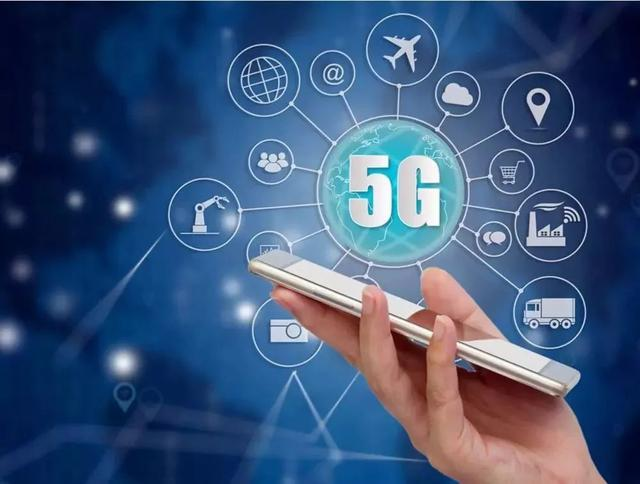In the next ten years, AI and data analytics will revolutionize queuing management and enhance the efficiency of self-service devices. Below is a comprehensive analysis of how these technologies will shape the sector:
Optimizing Queuing Management
Accurate Traffic Forecasting
By analyzing historical data, real-time information, and external factors like weather, holidays, and special events, AI and data analytics will provide more accurate predictions of queuing traffic. For instance, shopping malls can adjust operating hours or staff levels in advance based on predicted demand, while tourist attractions can plan visitor flows and crowd control measures to reduce waiting times.
Intelligent Queue Strategy Adjustments
Based on real-time data and predictive analytics, AI will automatically adjust queuing strategies to optimize flow. For example, dynamic priority allocation and the merging or splitting of queues can improve system efficiency. In hospitals, AI could prioritize patients based on the urgency of their conditions, ensuring that critical cases are handled promptly.
Personalized Service Recommendations
Data analysis will enable AI to personalize service recommendations based on users' past behaviors and preferences. For instance, at a restaurant, AI could suggest menu items based on a customer’s past orders or dietary preferences. It could also recommend nearby entertainment or shopping options, enhancing the waiting experience.
Enhancing Device Efficiency
Predictive Maintenance and Fault Detection
AI can monitor real-time data to predict potential device failures, allowing for proactive maintenance and minimizing service interruptions. For example, in manufacturing, AI can analyze equipment data such as vibrations and temperatures to foresee failures, ensuring continuous operations and improving efficiency.
Device Performance Optimization
By analyzing operational data, AI can identify performance bottlenecks and propose optimizations. Adjusting device parameters or refining workflows could improve device efficiency and throughput.
Optimized Resource Scheduling
In multi-device environments, AI and data analytics will help optimize resource allocation based on current demand and device conditions. For instance, in a data center, AI can allocate tasks dynamically based on server loads, increasing resource utilization and reducing energy consumption.
The Role of 5G and IoT in Doubling the Self-Service Market Size
1. High-Speed Transmission and Low Latency
5G networks, with their high speed and low latency, will significantly enhance the performance of intelligent queuing and self-service devices. For example, at large shopping malls or airports, 5G will enable faster identity verification, flight information retrieval, and seat selection, reducing wait times. The low-latency characteristic ensures smooth communication between devices, improving overall service efficiency.
2. Device Connectivity and Management via IoT
IoT technology will enable seamless connectivity among queuing kiosks and other self-service devices. In healthcare, for example, queuing machines will link with self-registration, payment, and diagnostic devices, automating the entire process. Once a patient registers, the system will automatically fetch relevant data and schedule procedures. IoT platforms will also allow administrators to remotely monitor device performance, diagnose issues, and schedule repairs, improving device uptime.
3. Big Data and AI Integration
5G and IoT will enable the collection of vast amounts of real-time data, which AI can analyze to make more informed decisions. For example, self-service kiosks and queuing systems will collect data on user behavior, queue lengths, and service demand, which AI will use to predict traffic flow and optimize resource allocation. In banks, for instance, AI can forecast customer traffic and adjust self-service resources accordingly to improve service levels.
4. Expanding Application Scenarios
The integration of 5G and IoT will open new opportunities for intelligent queuing and self-service devices. In smart cities, for example, kiosks could be placed in public spaces such as parks, streets, and community centers to offer services like information queries, facility bookings, and payments, addressing a variety of community needs. In the industrial sector, these technologies could be used for tasks such as automated material handling and equipment inspections, improving both operational efficiency and product quality.
By 2030, AI, IoT, and 5G technologies will play a pivotal role in transforming the queuing and self-service device market. These advancements will enhance device efficiency, streamline operations, and significantly improve the customer experience through personalization and faster services. As these technologies mature, the self-service market will experience substantial growth, offering significant opportunities for innovation and expansion.






